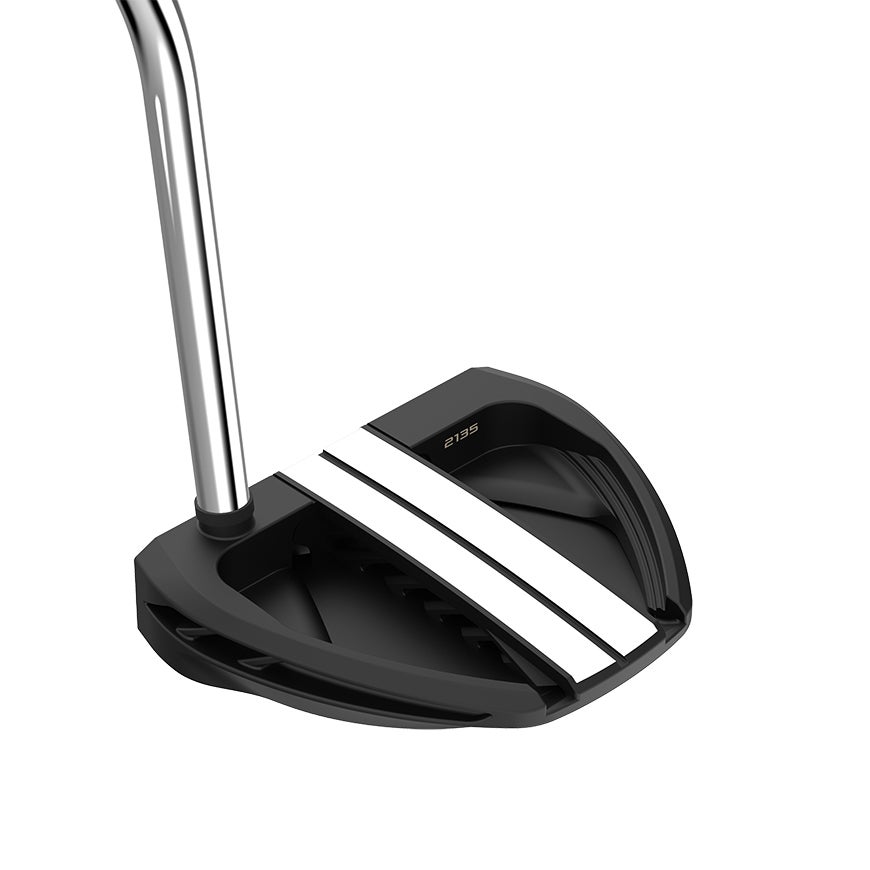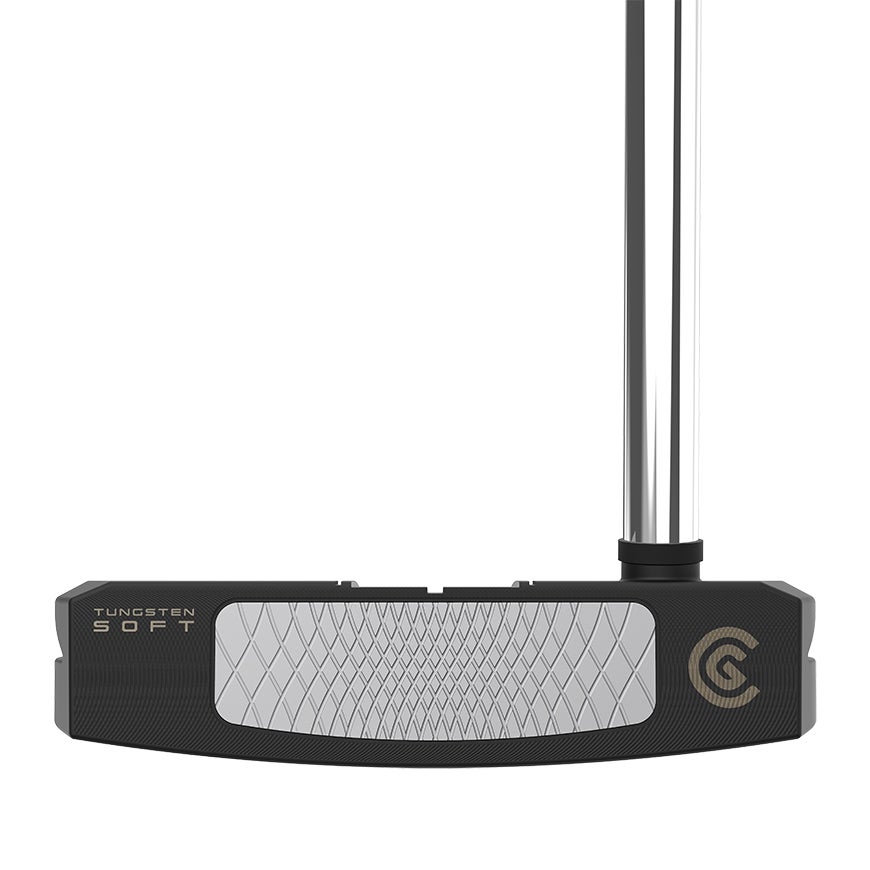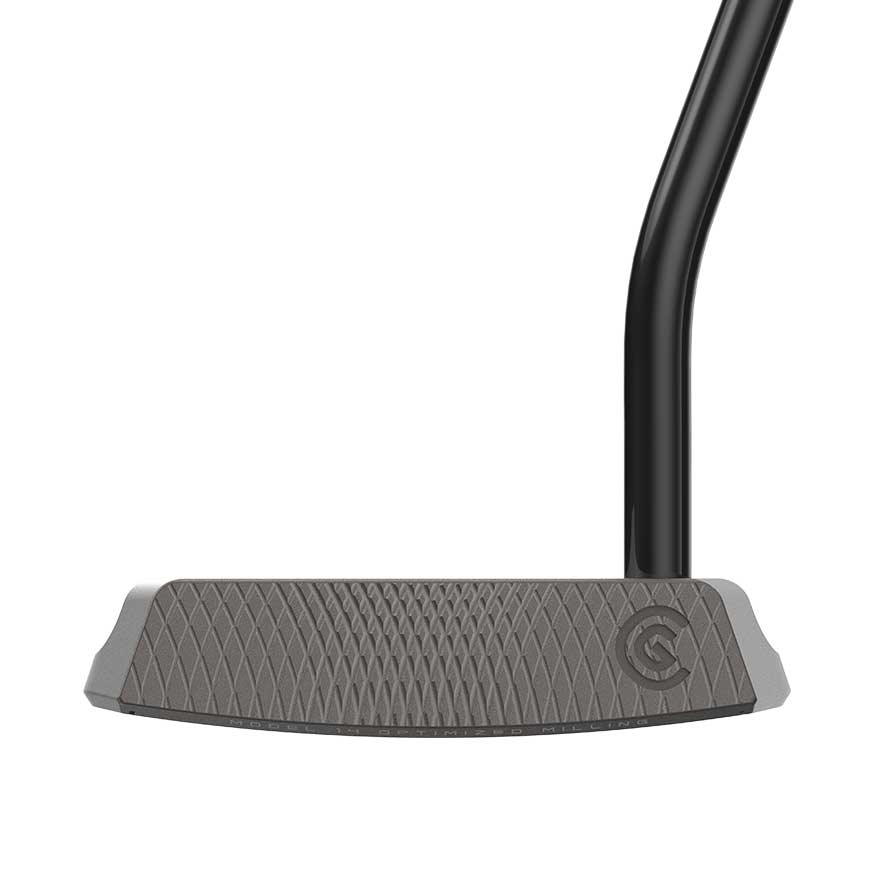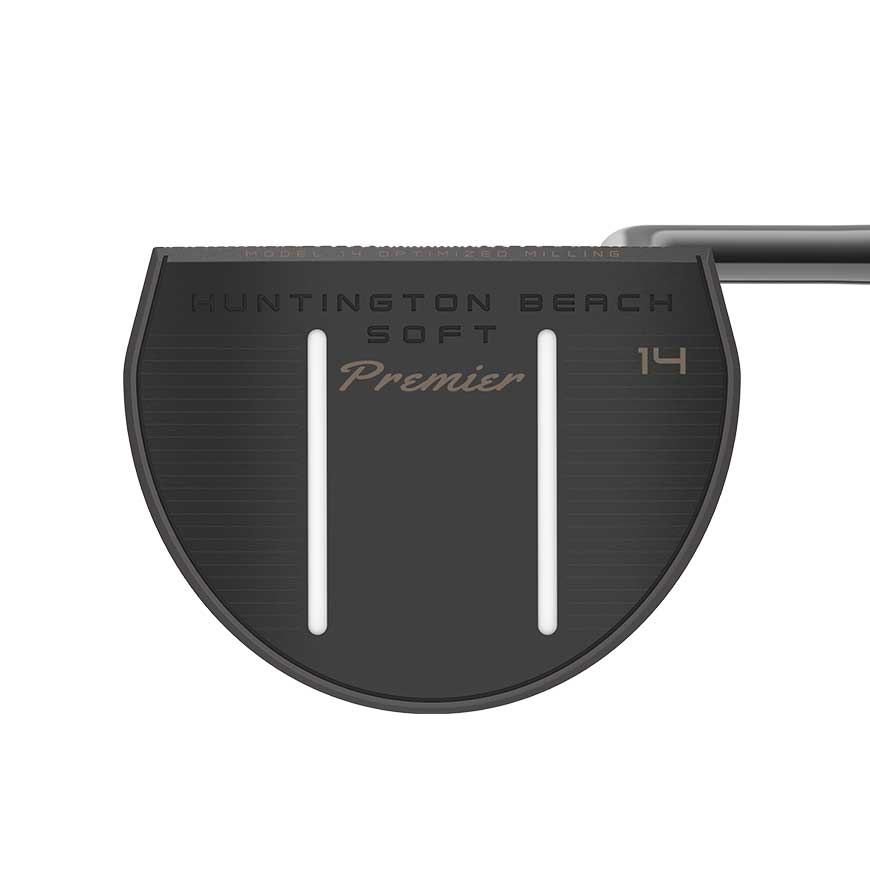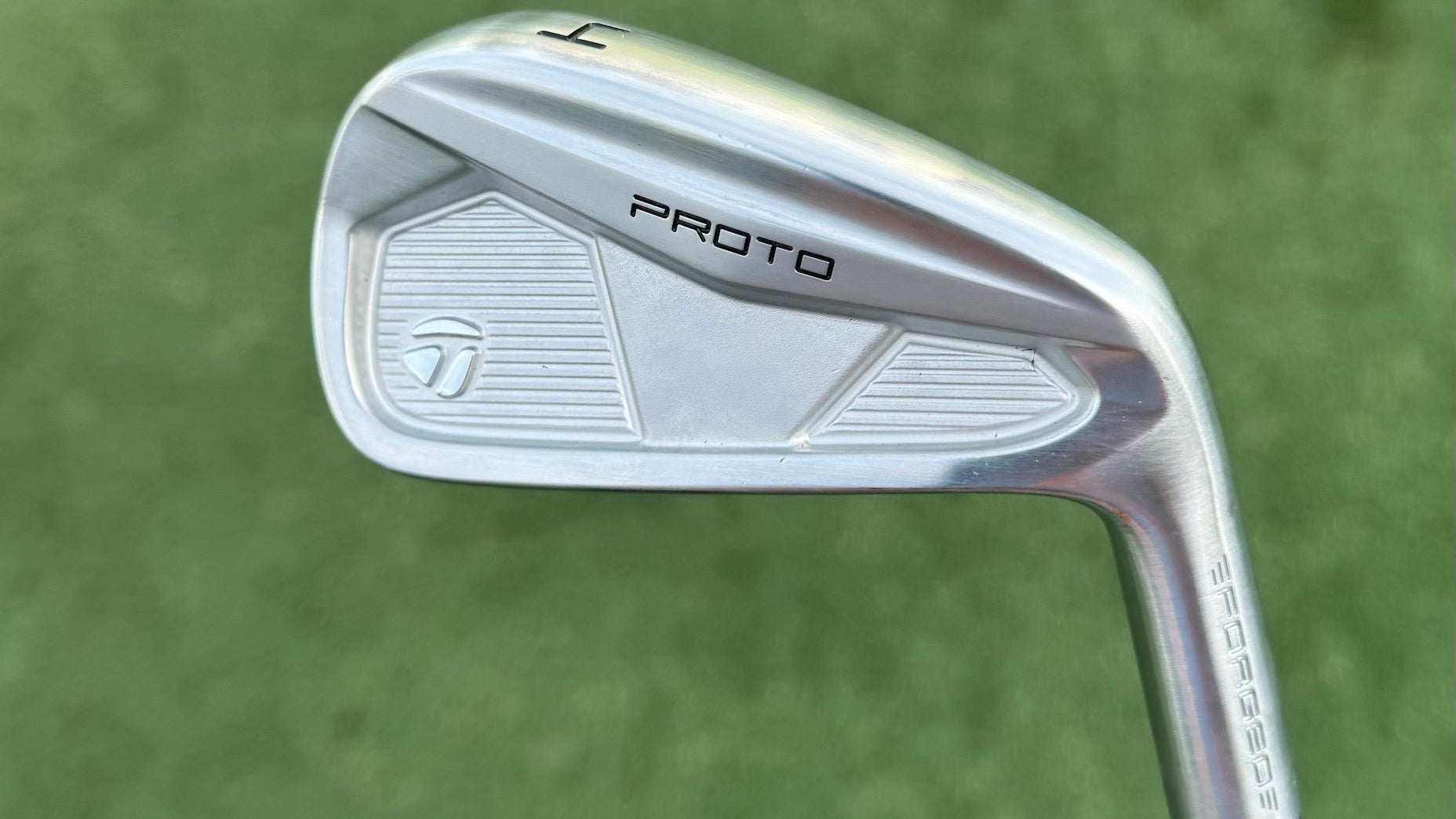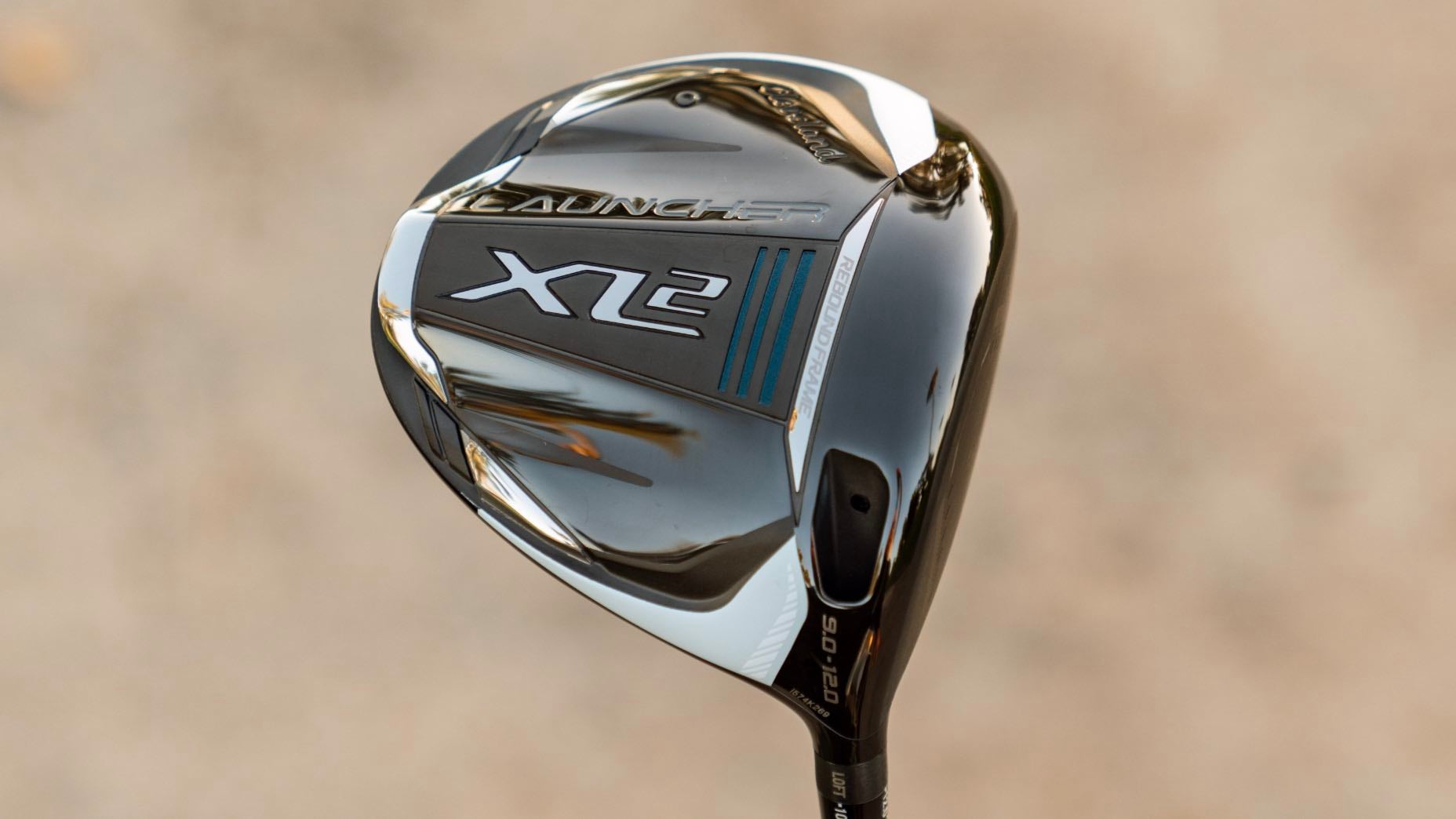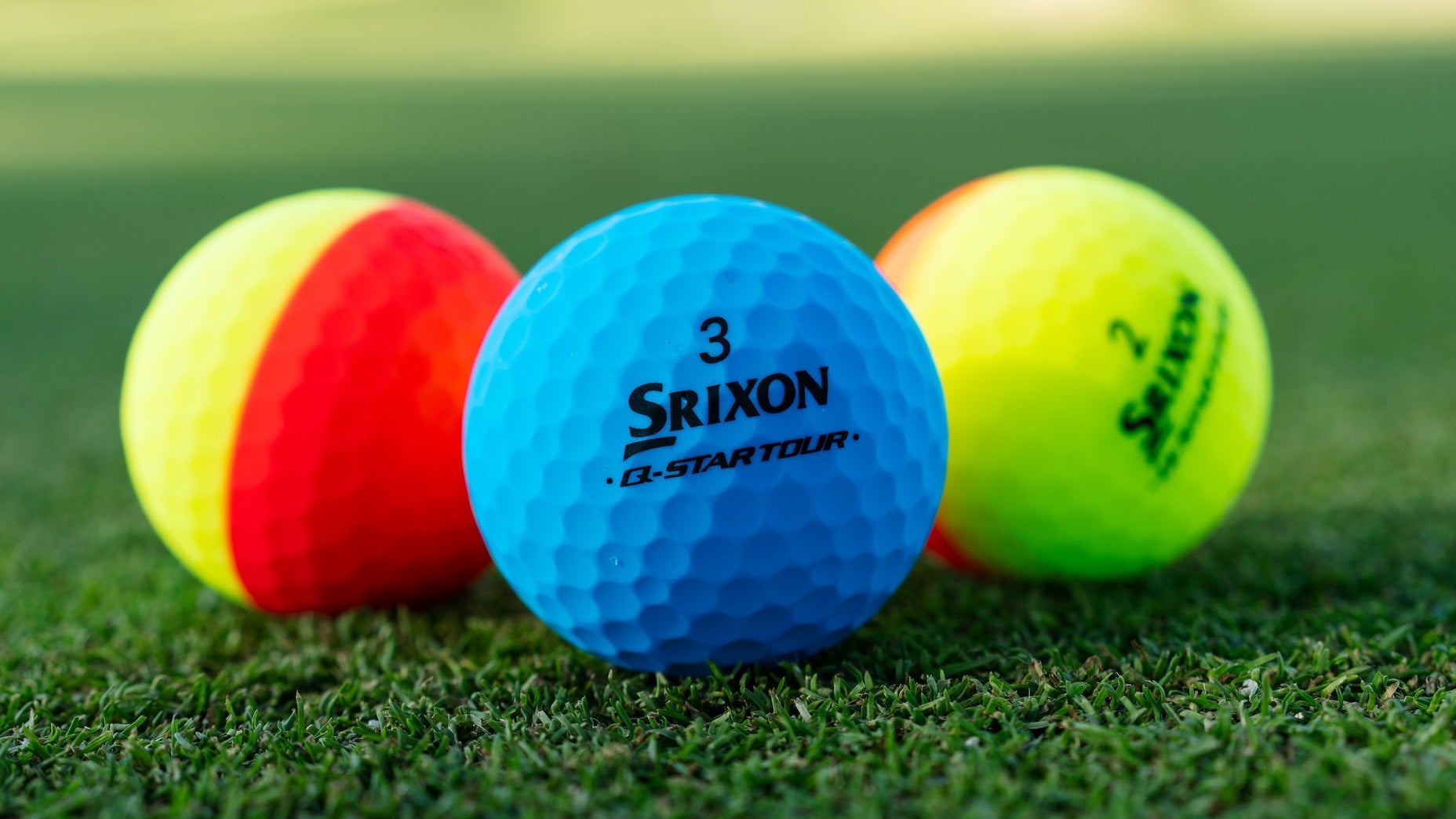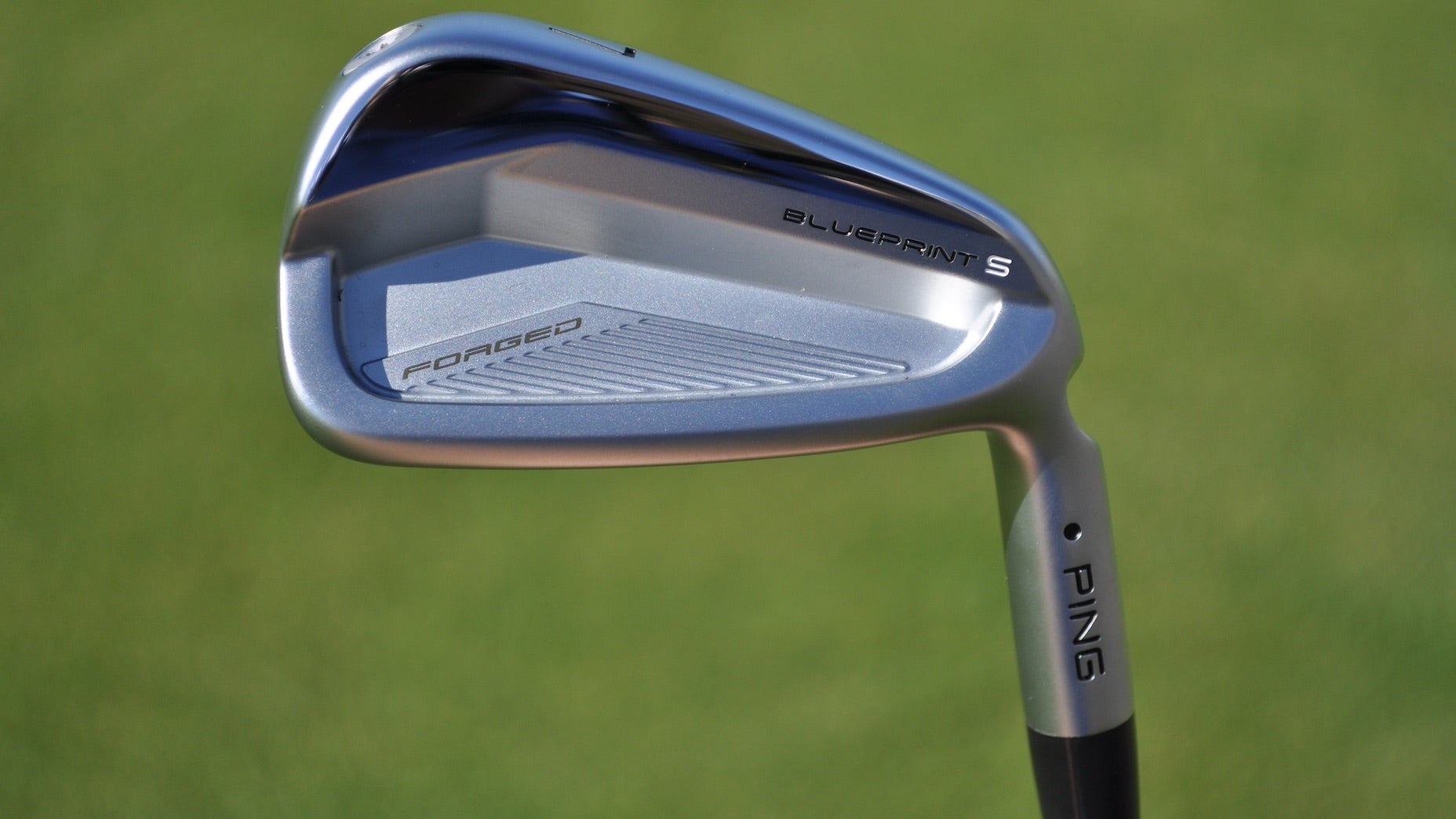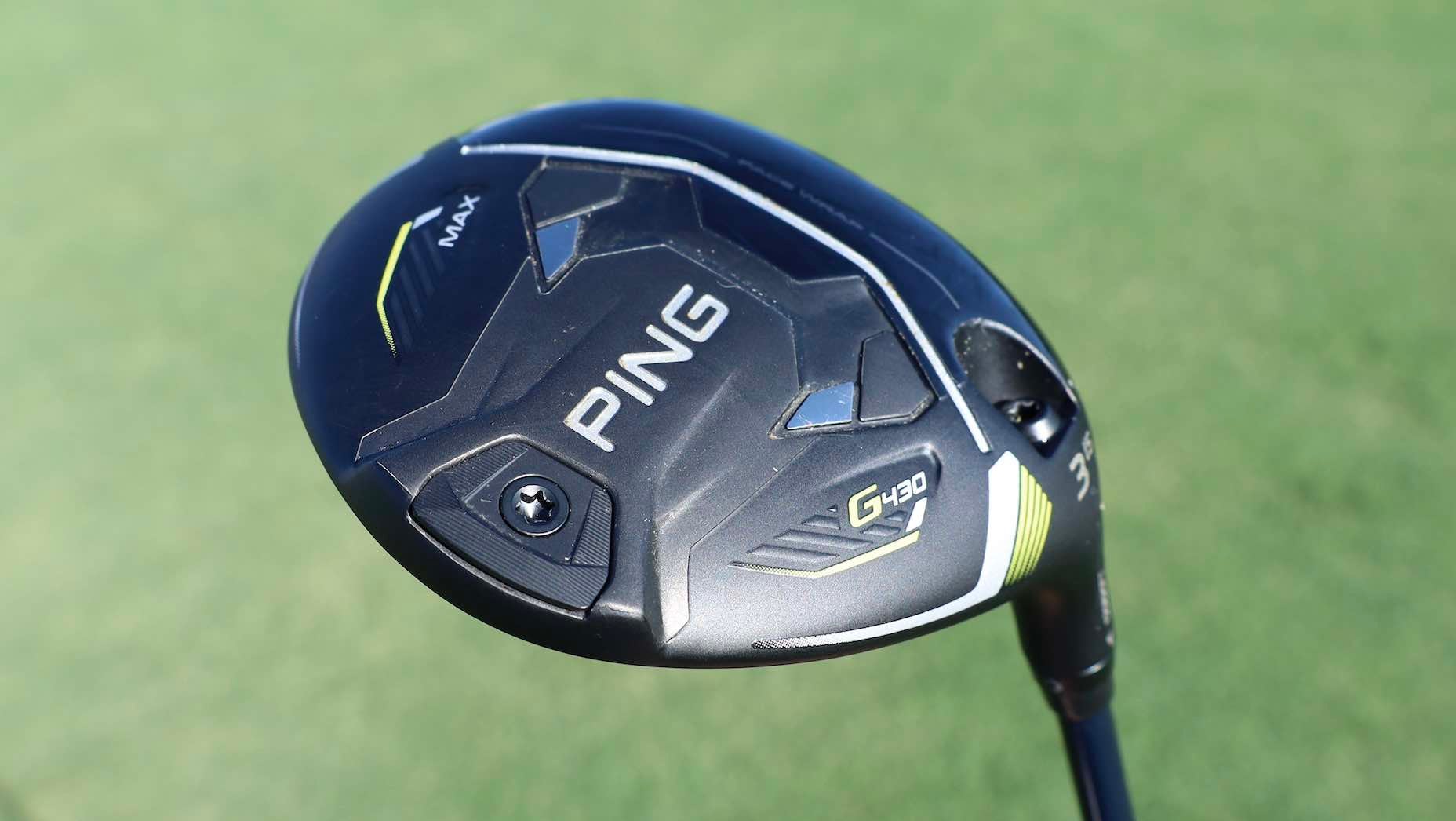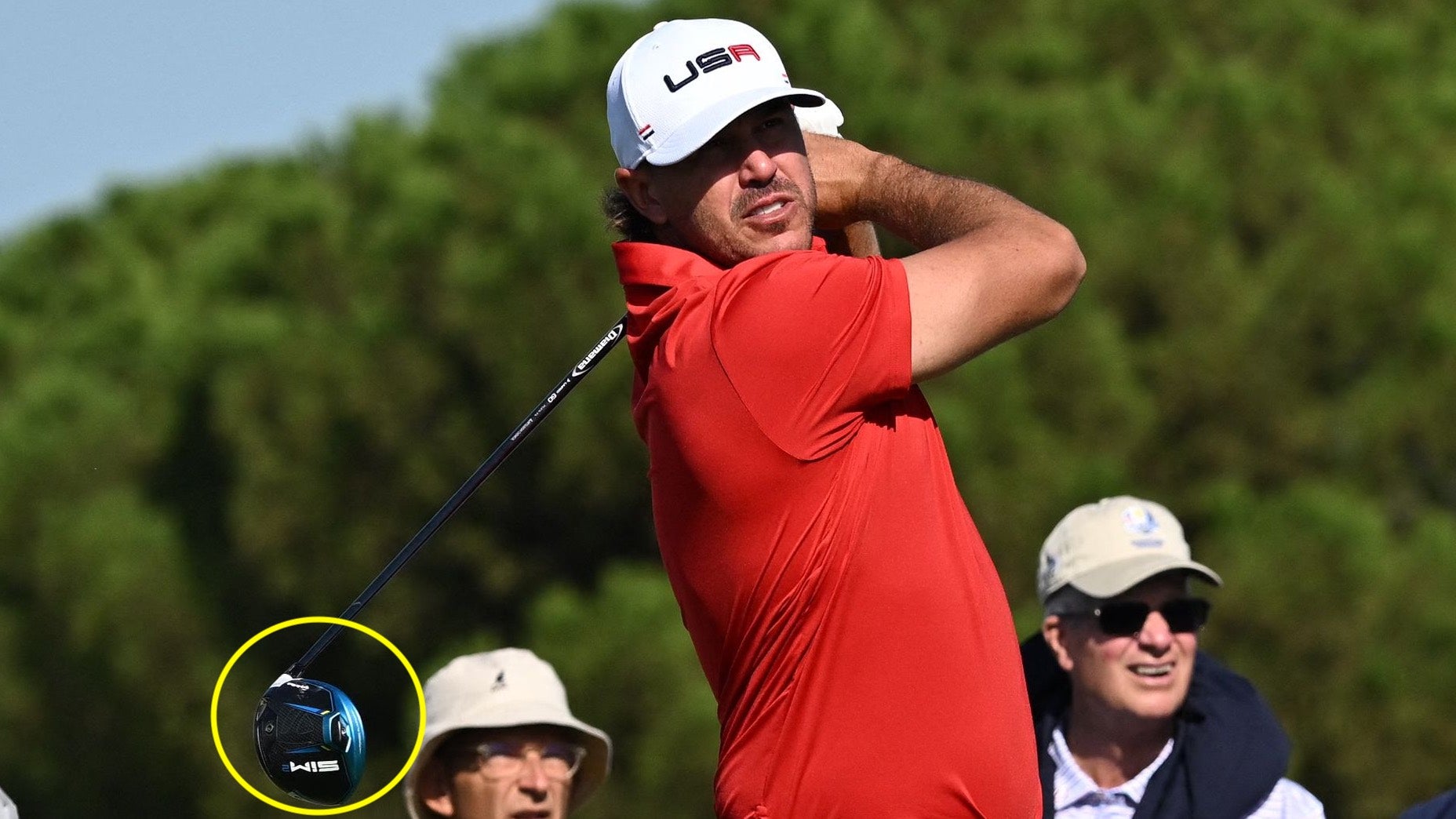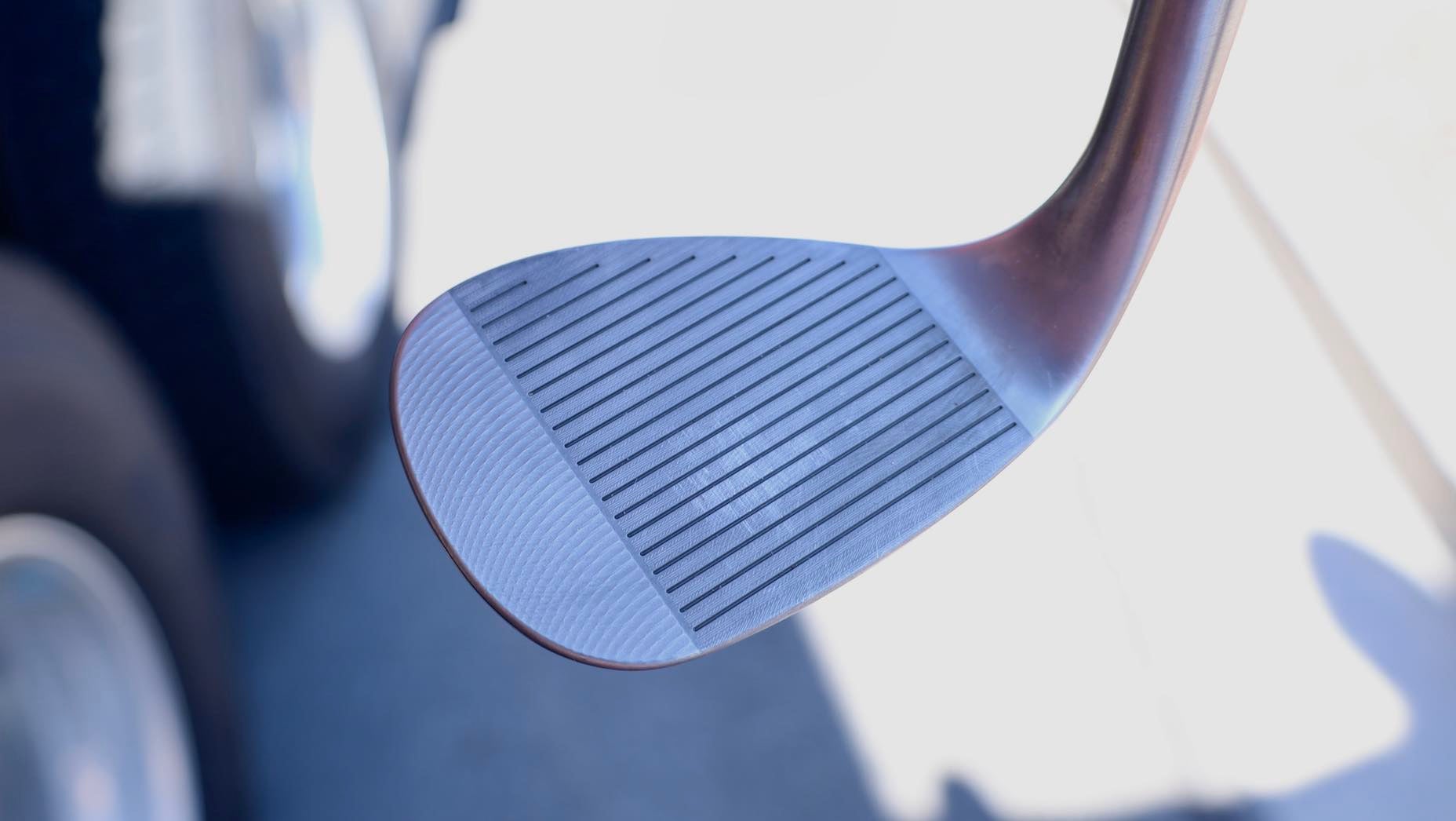Should you switch to a mallet putter? | Fully Equipped Mailbag

A mallet putter can offer more stability and better alignment
Ryan Barath/GOLF
Welcome to another edition of the Fully Equipped Mailbag, sponsored by Cleveland/Srixon Golf, an interactive GOLF.com series in which we field your hard-hitting gear questions.
I watched the U.S. Open and saw a lot of mallet putters. What’s the deal? – Jon
For a long time, it was assumed that mallet putters performed better on slow greens due to their increased mass, allowing for longer putts without the need to change your putting stroke. As last week’s U.S. Open proved, that’s hardly the case anymore. The modern-day mallet putter has proven to be just as versatile as the traditional heel-toe blade, demonstrating its effectiveness on any type of putting surface. The question arises: should you give a mallet putter a try?
Here are five reasons why we believe a mallet might be worth considering:
Alignment Assistance
Mallet putters, being inherently larger than their blade-style counterparts, offer ample space for incorporating alignment aids. These aids can take various forms, such as lines, contrasting colors, squares, or circles. The possibilities are nearly endless, helping golfers achieve a square setup and position the putter face on the intended line.
Improved Contact
Blade-style putters, particularly pure blade putters, possess a lower moment of inertia (MOI) compared to mallet-shaped putters. Consequently, a mishit putt with a mallet is less likely to lose distance or veer off course compared to the same putt missed with a blade. While mallets do have shorter clubfaces from toe to heel than most blades, they are generally known for their higher level of forgiveness.
Cleveland Frontline Putters
Better Stability
Apart from alignment assistance, another compelling reason for the increasing popularity of mallet putters among Tour players is their stability during the stroke. When faced with a crucial 5-foot putt worth $300,000, many Tour players would opt for the more stable feel provided by a mallet over the shaky, less stable feel of a blade. Increased stability minimizes putter twisting, resulting in a straighter and more consistent roll. Considering most mallet putters also come stock with larger grips to help quiet the hands — the combination is a recipe for more confidence on the greens.
Softer Feel
Although feel is subjective, mallet putters, in general, tend to offer a softer impact than blade putters because of head geometry. The added mass and shock absorption capabilities of mallets often contribute to a softer sensation. While better players used to dismiss putter faces with a mushy feel, preferences evolve, and more golfers are now drawn to the softer feel of a mallet putter.
Straight-Back-Straight-Through Stroke
Mallet putters are well-suited for golfers who employ a straight-back-straight-through putting arc. Although there are exceptions to this rule (e.g., short-hoseled mallets are suitable for arcing strokes), mallet putters are primarily designed to resist the opening and closing of the putter face associated with a more arcing stroke.
Ultimately, the best putter for an individual golfer is the one that provides the utmost comfort and confidence, regardless of whether the greens are fast or slow. We recommend you try out different putter styles, including both mallet and traditional blade putters, to determine which one aligns with your stroke, feels comfortable, and helps you achieve improved results.
Cleveland HB Soft Milled Putters
Want to overhaul your bag for 2023? Find a fitting location near you at True Spec Golf.

